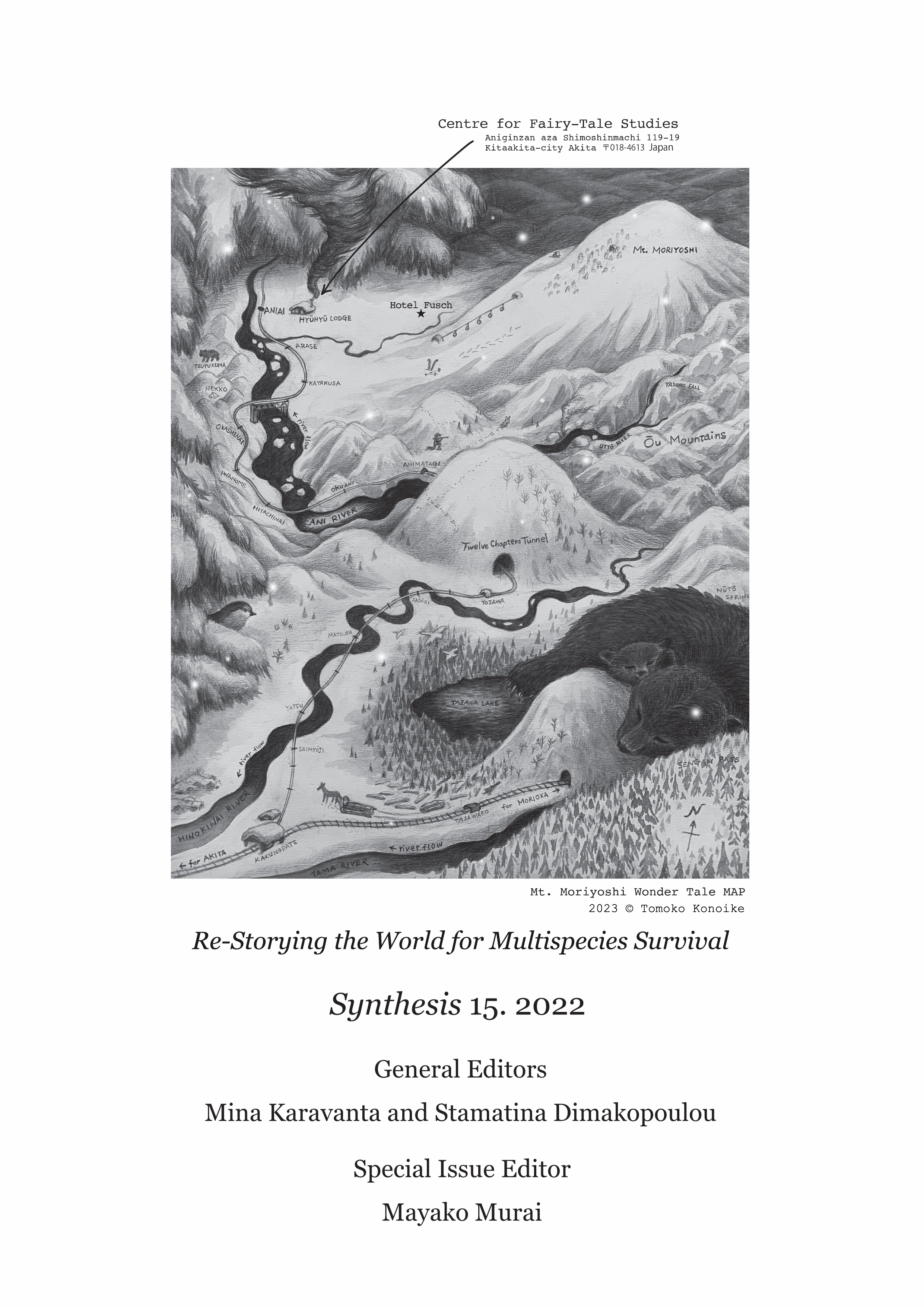Making New Stories about Multispecies Kinship through Vital Material Encounters with Clay

Abstract
As a contemporary artist sculpting with clay to create story vessels and ensembles of hybrid creatures, I work with the material in what I propose as a creative partnership. The clay is my ‘multispecies partner’—an active participant rather than passive subject in my creative process. This approach collapses the boundaries between myself and the material, we become united in a material network that blurs the delineation or duality between subject and object and the human and nonhuman (Latour 1993). In this manner, I question the human-centric hierarchy inherent in purely acting upon materials. Instead, I pursue an embodiment of a type of human-nature interaction, a connection between myself and the material as a form of multispecies kinship. Non-human elements work with and against my creative choices, obscuring the instincts of subjective decisions. In the context of the ‘material turn’ in art-making and philosophical enquiry, I explore the creation of my ceramic sculpture as it evolves. Clay is a storytelling mode in and of itself, and part of the story-subject that feeds my work, alongside a multitude of other references and ideas. Citing examples of matter transforming, such as clay in creation myths, examples of material animism in folk and fairy tales, as well as my artistic approach to interacting with the material, I suggest how we might re-think matter differently from purely passive or inert. I look to art history for tropes and concepts of art-making that facilitate the expression of unconscious and collective archetypal visual language, and to literary sources that demonstrate some of the best thinking through the vehicle of storytelling. Finally, I explore critical anthropomorphism in relation to representations of the nonhuman, especially in narrative artworks, and discuss how the act of re-storying can adjust our relationship with how we currently perceive the distinctions between subject and object, human and nonhuman.
Article Details
- Section
- Featured roundtable

This work is licensed under a Creative Commons Attribution 4.0 International License.
The copyright for articles in this journal is retained by the author(s), with first publication rights granted to the journal. By virtue of their appearance in this open access journal, articles are free to use with proper attribution. Synthesis retains the worldwide right to reproduce, display, distribute, and use published articles in all formats and media, either separately or as part of collective works for the full term of copyright. This includes but is not limited to the right to publish articles in an issue of the Journal, copy and distribute individual reprints of the articles, authorize reproduction of articles in their entirety, and authorize reproduction and distribution of articles or abstracts thereof by means of computerized retrieval systems.



